Compounds with Conductive Fillers
The parts may look beautiful but not be functional in static dissipative applications. The following processing conditions are important to successfully molding good, conductive parts.
- All resins containing carbon black should be dried.
- Slower fill rates improve surface conductivity. Fill rates less than 1 inch (25.4 mm) per second generally work best. Decreasing the fill speed has little effect when using subgates.
- Higher melt temperatures and slower fill speeds tend to layer the carbon black particles on the part surface. A more conductive carbon black part typically has a more mottled, duller surface. A glossier surface is more resin rich and usually less conductive.
- Decreased packing usually increases surface conductivity. Short shots can have much higher levels (one or two magnitudes) of surface conductivity, especially if measured at the edge of the flow front where the carbon particles lay closest to the surface.
- Typical molding is usually less conductive near the gate and more conductive away from the gate, (i.e. 1K – 2K ohms with carbon black).
- Mold temperature does not have a significant effect on conductivity.
- Surface conductivity is usually independent of back pressure and screw speed.
Compounds with Conductive Fibers
Conductive materials based on carbon fiber typically require opposite molding conditions from conductive fillers.
- Use the base resin drying requirements for carbon fiber reinforced compounds.
- Increasing the fill speed usually increases surface conductivity 105 to >104 ohms/sq. (Caution: Excess fill speeds can break up carbon fibers and reduce mechanical properties.) All corners in the flow path should have generous radii.
- With carbon fiber, high melt temperatures decrease surface resistivity (thereby increasing conductivity) because they increase the degree of packing. Short shots in carbon fiber are typically non-conductive.
- A typical carbon fiber molding is more conductive near the gate.
- Mold temperature does not have a significant effect on conductivity.
- Back pressure and screw speed should be kept as low as possible, i.e. 25-50 psi (0.17-0.34 MPa) and 20-40 rpm respectively.




